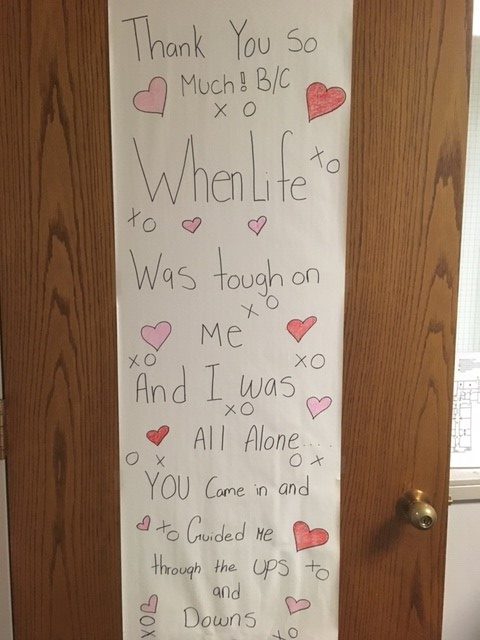Who was Florence Crittenton?
She was the daughter of Charles N. Crittenton, a wealthy New York City druggist who was heartbroken when Florence died of scarlet fever at age 4 in 1882. Throwing himself into missionary work, he spent four years working in the city slums and established what became the Florence Crittenton Mission, building homes for “lost and fallen women.” His first home, for prostitutes and unmarried pregnant girls, opened in New York City in 1883.
Later, he traveled across the country twice a year in his private railroad car, donating $500 to any town willing to start a similar home. More than 70 Florence Crittenton Homes opened. Mr. Crittenton died in 1909.
In the 1950s and ’60s, many Crittenton and other maternity homes changed from refuges that offered sympathy and support to places where embarrassed middle-class parents would secretly hide their pregnant daughters, who were pressured to give up their babies for adoption. With the introduction of the birth-control pill, the legalization of abortion and a lessening of the stigma of unwed motherhood, the homes began closing.
Today, the National Crittenton Foundation, based in Portland, Ore., is an advocacy and support group for young women on the margins, most of whom have been victims of abuse, violence or neglect. It is affiliated with a network of 27 independent social service agencies across the country; girls are generally referred by juvenile justice, child welfare, school and other systems. These agencies operate far differently from the way they would have in the ’50s and ’60s.
“We have a group of agencies whose current focus is still primarily young mothers in a residential setting,” Jeannette Pai-Espinosa, the foundation’s chief executive, said in an e-mail. She added: “Less than 2 percent of the young moms choose to create an adoption plan, and they are overwhelmingly open adoptions. Today the decision to raise a child or to create an adoption plan is up to the young mother.”
Ms. Pai-Espinosa said people seeking information about their mothers or about children who might have been the subject of a Crittenton Home adoption could contact the Florence Crittenton Home Reunion Registry.
Linda Lausell Bryant, executive director of Inwood House, a New York City affiliate, said of the Crittenton Foundation: “They really stand for the empowerment of these young women and the opportunities for them. We don’t want to see them marginalized in society, and we don’t want to see their potential written off because they become parents at a young age.”
Women on the Margins
By MICHAEL POLLAK
Published: December 7, 2012


